Dog Healthcare
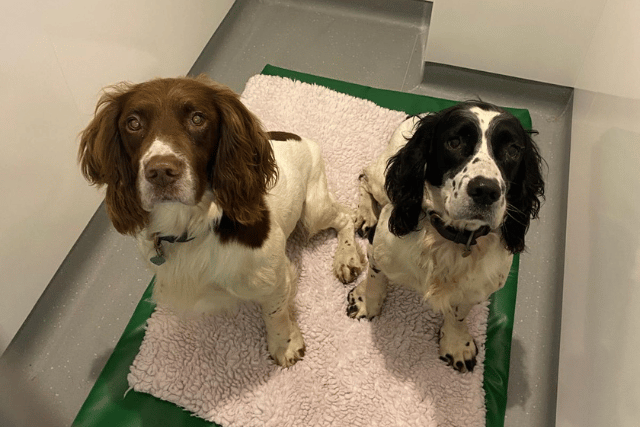

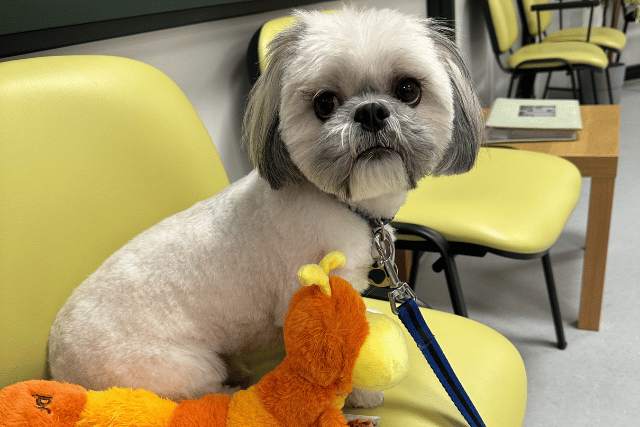
Nutrition
Providing a balanced and nutritious diet is crucial for your dog’s health and well-being. Look for high-quality commercial dog foods that are appropriate for your dog’s age, size, and activity level. Avoid feeding them human food, especially items that are toxic to dogs, these include chocolate, grapes, and onions. For a comprehensive list of these foods see the link below. You can consider feeding a homemade balanced diet, but please consult your veterinarian for guidance before doing this.
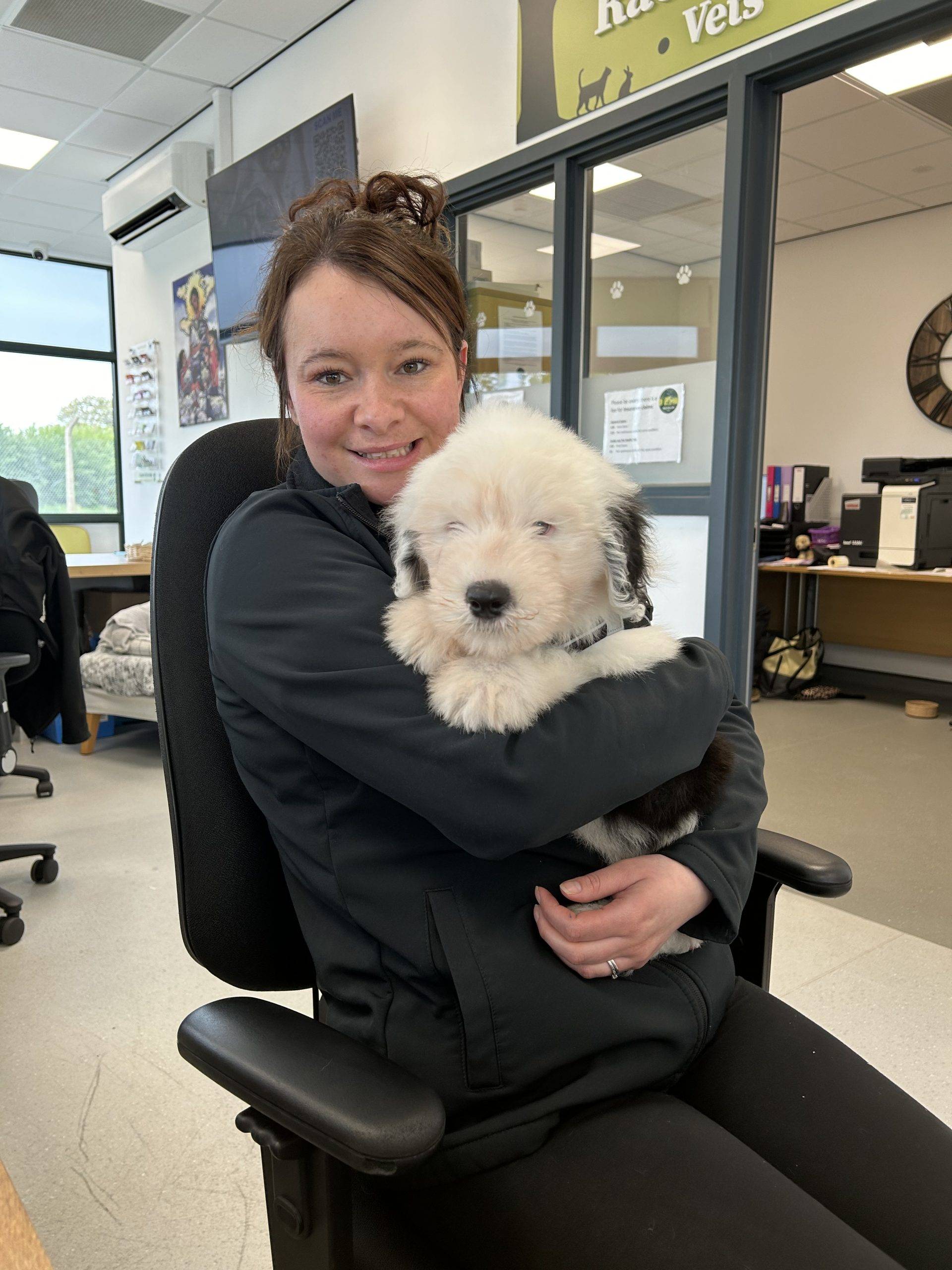
Flea, Worm Control
Although they are one of the most common types of dog problems, fleas can result in health complications if your pet isn’t regularly treated for them. The most common signs of fleas in dogs are:
- • Excessive itching or biting of the skin.
- • Hair loss
- • Visible eggs on the fur
Flea infestation can cause excess itching which can tear or damage the skin. This could cause bacterial infections which in extreme circumstances, could pose a long-term threat to their health.
If your dog has fleas, you should give them a flea treatment immediately. There are types of flea treatments available, spot-on’s, collars, tablets, or sprays. Some are more effective than others, so contact us to discuss which would be best for your pet.
You should also conduct a deep cleaning of your house to remove the parasite. Following this, flea treatments should be given routinely to prevent the infestation from returning.
You should also be aware of worms in dogs; a type of parasite that lives within your pet’s intestines. Lungworms, tapeworms, and hookworms can grow rapidly when your dog eats something containing the parasite and roundworms can be caught by puppies from their mother.
Some of the symptoms of worms in dogs can include:
- • Diarrhoea or vomiting
- • Extreme coughing
- • Lethargy or unusual tiredness
- • Ill thrift (large tummy)
Worms in dogs can be passed to other animals and humans, (especially young children). Extra care should be taken to prevent them from growing in your dog’s intestines. Tablets, or spot-on treatments are the principal methods for worming your pet. We will be able to recommend a treatment depending on the needs of your pet.
As you can see, flea and worm treatments should always be given to prevent your pet from becoming seriously ill. If you suspect that your pet is suffering from either type of parasite infestation, it’s important to contact your vet and allow them to advise on the best treatment for your dog.
At Rackheath Vets we have a Health Care Plan to save you money and spread the cost of preventative care for your dog. Members of the plan have their flea and worm products delivered directly to their door, (please note, puppies will need regular weight checks at the Practice until they reach their adult weight).
Vaccinations
Generally, puppies require two vaccinations to protect them from Common vaccinations Distemper, Hepatitis, Parvovirus, (DHP) and Leptospirosis L2 or L4.
Puppies are given their first vaccine from 7 weeks of age (some breeders will give this at 6 weeks before they go to their new home) Their second vaccine will be given 2-4 weeks later, and the puppy must be over 10 weeks of age.
Going forward your dog will need a booster vaccine every 12 months to ensure protection from these diseases.
Kennel Cough: This is principally a disease from mixing dogs at kennels, agility meetings etc., This is a one-off vaccine with an annual booster.
Choosing your new Puppy
Remember, bringing a puppy into your home is a long-term commitment, that can span well over a decade. Take your time to make an informed decision and choose a puppy that will be a happy and healthy addition to your family.
Consider your own lifestyle and whether the breed and individual puppy’s needs align well with your living situation, activity level, and family dynamics. Choose a responsible and reputable breeder who prioritises the health and welfare of their dogs. Look for breeders who are a member of recognised breed clubs and adhere to ethical breeding practices. Avoid breeders who prioritise profit over the wellbeing of their animals.
Look for signs of good health, such as clear eyes, clean ears, a shiny coat and good bodily condition.
- • Ensure that the puppy and its parents have undergone health checks and screenings appropriate for their breed. This may include evaluations for common genetic disorders, joint health, (hips and elbows) eyes and ears.
- • Observe the puppies’ behaviour and temperament. Look for a puppy that is curious, friendly, and interactive. Avoid puppies that seem excessively fearful, aggressive, or overly withdrawn.
- • If possible, try to meet the puppy’s parents or at least one of them. Observing the behaviour and temperament of the parents can give you some insight into how the puppy might turn out as it grows.
Remember that owning a puppy comes with various costs including the initial purchase fees, vaccinations, neutering/spaying, grooming, food, toys, and regular veterinary care.
Training
Training your puppy should begin as early as possible, as they are more receptive to training when young. Basic commands like sit, stay and come can be taught from the beginning, along with lead and crate training. More advanced training can be introduced as they mature. For puppies under 11 weeks of age, who have had their first vaccination we run puppy parties run by Claire of Educating Paws. These parties are to help socialise your puppy.
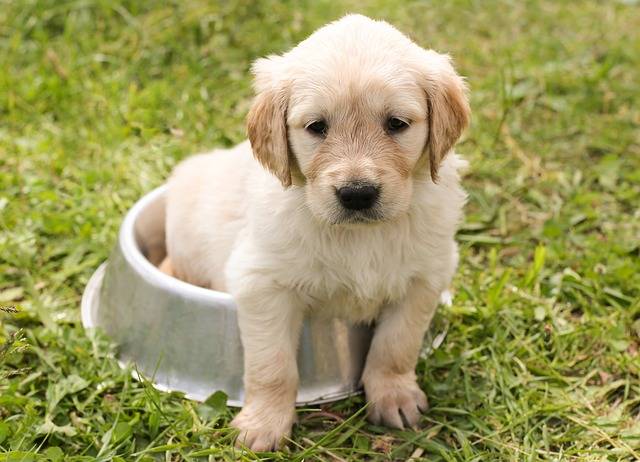
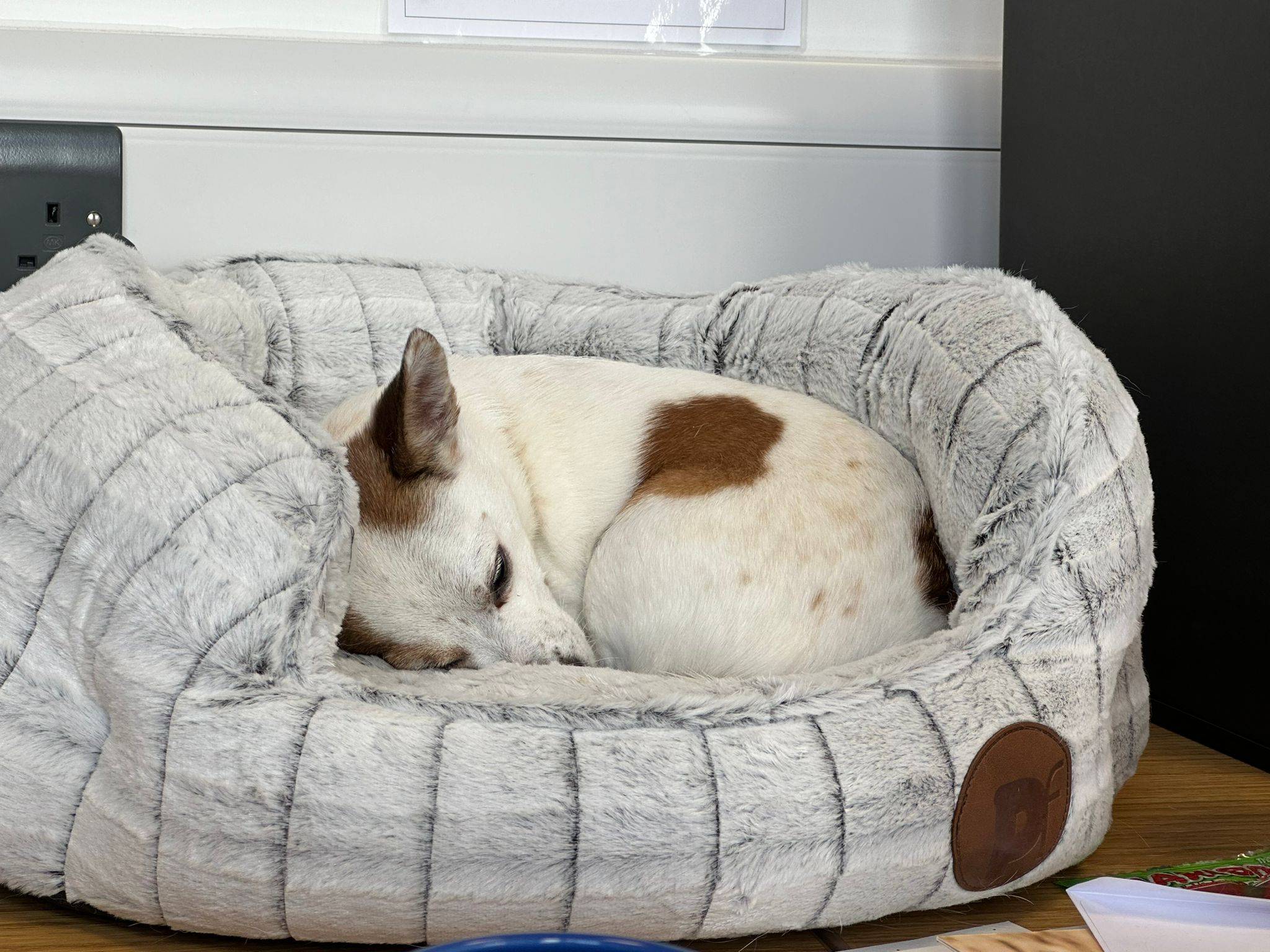
Castration (Male Dogs) involves the surgical removal of the male dogs’ testicles to prevent them from reproducing. There are pros and cons to consider when deciding whether to castrate your dog. It is essential to discuss the procedure with your veterinarian in order to make an informed decision.
The ideal age to castrate a dog can vary depending on the breed, size, and individual characteristics of the dog. Traditionally, dogs were castrated around 6-9 months of age. However, recent research and professional opinions are leaning towards delaying until the dog reaches sexual maturity, which depends on the size of the dog. Delaying the procedure allows the dog’s body to fully develop. Reducing the risks of potential complications associated with early neutering.
Benefits of Castration
- • Reduces the risk of certain behavioural problems like marking and aggression.
- • Prevents unwanted litters and helps to control the dog population.
- • Reduces the risk of certain health issues such as testicular cancer and prostate problems.
Drawbacks of Castration
- • Changes in behaviour that may not always be desired.
- • Some dogs may experience temporary discomfort or swelling after the surgery.
- • Potential for weight gain.
- • Cost of the operation.
- • Small anaesthetic risk.
Suprelorin is an alternative to castration. It is an Implant that is typically placed under the skin on the back of the dog’s back. It contains a synthetic hormone that temporarily suppresses the production of testosterone.
The benefits of Suprelorin are that over time it is reversible, it is non-surgical, and useful where a temporary reduction in testosterone related behaviour is required.
However, the drawbacks are that there are limited studies on the long-term use of the implants. There is variable effectiveness as the response to the implant can vary between individual dogs and it may not eliminate all undesirable behaviour. The cost of the implant and the need for reimplantation needs to be considered.
Spaying (Female Dogs)
Spaying is when a vet surgically removes both the ovaries, and usually the uterus. This means the female is unable to become pregnant.
In female dogs, it’s important that they are spayed at the right time in the breeding cycle. At Rackheath Vets we like to spay your dog four months after the date of the beginning of her season.
Benefits of Spaying
- • Spaying female dogs reduces the risk of them getting breast cancer (known as mammary cancer in dogs) which can be fatal. There is also evidence to suggest that spaying before two and a half years may reduce the risk the most.
- • Spaying your dog eliminates the risk of an infection of the womb (called pyometra), which studies show affects up to a quarter of unneutered female dogs and can be fatal. If your dog is suffering from pyometra and needs to be spayed as part of the treatment, this will be more expensive than spaying a healthy dog. The risks of the surgery are also likely to be much greater.
- • Pregnancy and birth can be risky to the mum.
- • Many unneutered female dogs have a false pregnancy after a season and, although this is natural, it can cause behavioural and medical problems.
- • Female dogs in heat can be messy – they produce a bloody discharge which can last for around three weeks.
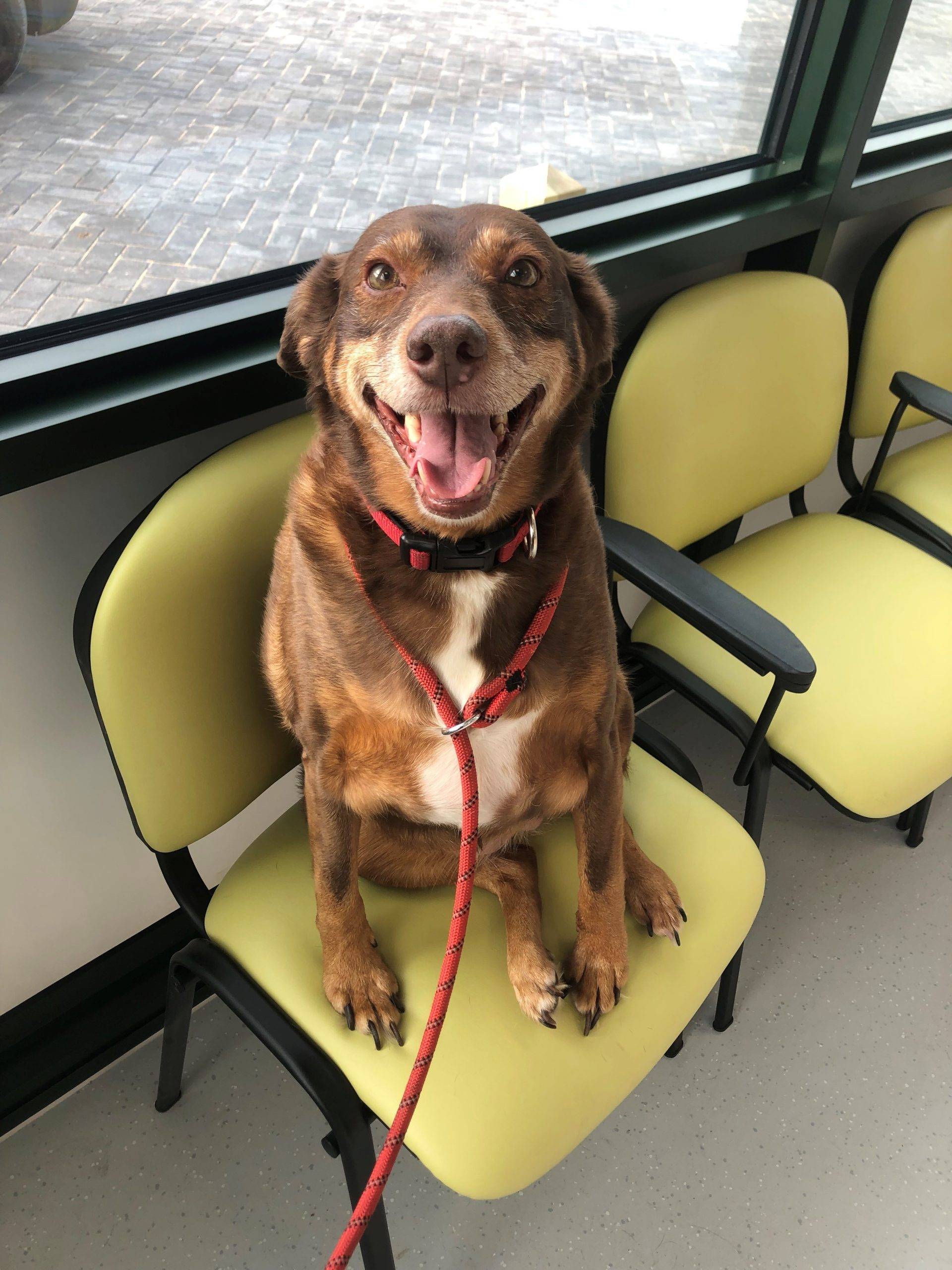
Disadvantages of Spaying
- • Cost of operation.
- • Surgical/anaesthetic risk.
- • Potential to gain weight.
If you would like to discuss this with us, please give us a call on 01603 955056.
Common Health Problems
Dogs are prone to various health problems, some of which are common across different breeds. Here are a few of the most frequent health issues:
Obesity – Like humans, dogs can suffer from obesity which can lead to health complications such as joint problems, heart issues and diabetes.
Skin Conditions – Dogs often experience skin allergies, dermatitis, and hot spots, which can cause itching, redness and discomfort.
Ear Infections – Ear infections are common in dogs, particularly those with floppy ears, as moisture can get trapped inside, leading to bacterial or yeast overgrowth.
Dental Disease – Dental problems are prevalent among dogs, including periodontal disease, which can lead to tooth loss and other health concerns.
Arthritis – As dogs age, like us, they can develop arthritis, causing joint pain and reduced mobility.
Respiratory Issues – Brachycephalic breeds like Bulldogs and Pugs, are susceptible to respiratory problems due to their short noses and flat faces.
Gastrointestinal Upsets – Dogs can experience stomach issues, such as vomiting and diarrhoea often caused by dietary indiscretion or consuming something toxic.
It is essential to provide regular veterinary care, a balanced diet, proper exercise an preventative measures to keep your furry friend healthy and happy.
Common Foods and other household products that are toxic to your dog
The dangers of human food
It is important to remember that some human foods can be very dangerous to dogs. If you wish to give your dog a treat, ensure that it is something dog friendly and avoid giving them any of the foods listed below.
Chocolate
Chocolate contains a chemical called theobromine which is poisonous to dogs and other animals. Generally speaking, the darker the chocolate, the more theobromine it contains, and therefore the more poisonous it is. White chocolate contains very little theobromine and although it is unlikely to cause theobromine poisoning, it is still very fatty and can make your dog ill. Chocolate poisoning can initially cause vomiting and diarrhoea, but may lead to excitability, twitching, tremors, fitting, and life-threatening problems with the heart.
Chocolate at Christmas and Easter
Each year, reports of dogs with chocolate poisoning increase dramatically around Christmas and Easter. During these periods take extra care to ensure that all chocolate is kept out of the reach of your dog. Although chocolate wrappers are not poisonous, they can cause an obstruction if eaten. This can be very dangerous and may require surgical intervention. Signs of an obstruction may include vomiting, lethargy, your dog being off their food, not defecating or finding it difficult to defecate.
Grapes, raisins, currants, and sultanas are all toxic to dogs and it is believed the dried forms of these fruits are more toxic. It is not known why these fruits are poisonous to dogs, or how much is dangerous. Some dogs have eaten large quantities of these fruits and experienced no ill effects, while others have become unwell after very small amounts. As well as possibly causing stomach problems, these fruits can cause kidney failure, which can sometimes be delayed by up to three days. Kidney failure may sometimes present as a decrease in urination, or your dog may also appear dull and show signs of increased thirst. Prompt treatment is important. If your dog does eat any amount, contact your veterinarian immediately. It is important not to let your dog eat any foods that contain these fruits, such as hot cross buns, Christmas cake, Christmas pudding, fruit cake, mince pies, stollen, etc.
Bones
When cooked, all bones become brittle and can easily splinter. Eating chicken, turkey or goose carcasses may cause larger pieces of bone to cause an obstruction, while smaller pieces may irritate the gut, or even penetrate the stomach or intestinal wall, which may require surgery. Safety tip: When preparing your Christmas Day meal, ensure that any meat is kept on the kitchen surface, or out of reach of your dog. When throwing away a carcass, take it to the outside bin, therefore avoiding any temptation for your dog to raid your kitchen bin during the night.

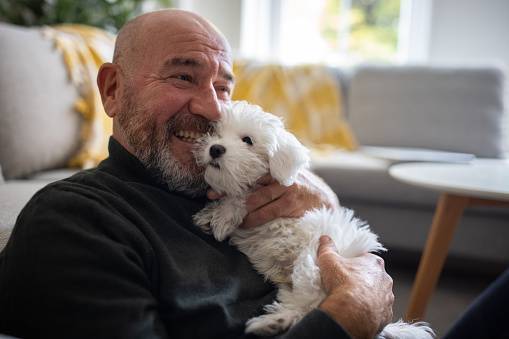
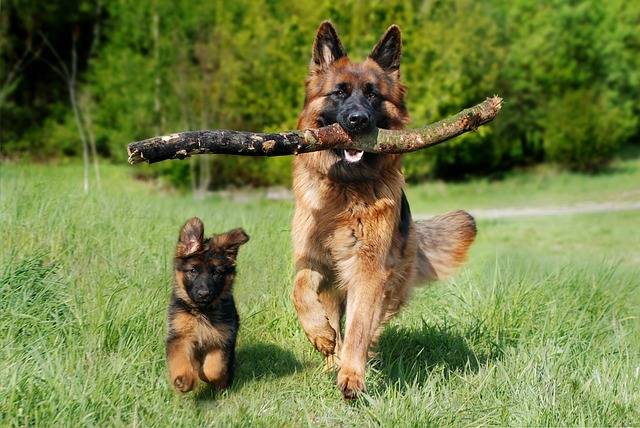
Alcohol
Dogs are believed to be more sensitive to ethanol than humans and so drinking even a small amount of alcohol can cause effects. Certain alcoholic drinks may be more appealing to dogs, such as cream or egg based drinks. Dogs may develop similar effects to those expected in humans, including becoming drowsy, wobbly on their feet and in more severe cases they can develop low body temperature, low blood sugar, seizures and coma.
Blue Cheese
Roquefort and other blue cheeses contain a substance called roquefortine C, which is a substance produced by the fungus used to make these cheeses. Dogs appear sensitive to this substance and in more extreme cases can cause dogs to quickly develop muscle tremors and seizures, which may last for up to two days.
Bread Dough
Raw bread dough containing live yeast can expand in the warm and moist environment of the stomach. As the bread dough rises, or increases in size, it can lead to bloat and may escalate to causing the stomach to twist. Signs may appear as vomiting, retching, the dog’s stomach appearing bigger than usual, weakness, collapse and possibly even death. The dough can swell to such a degree that it may decrease blood supply to the stomach wall, or may put pressure on the diaphragm and could interfere with breathing.
Secondary problems – As well as the expanding dough causing problems, the multiplying yeast can start to produce alcohol. If absorbed into the blood, dogs may develop similar effects to those expected in humans, including becoming drowsy, wobbly on their feet and in more severe cases they can develop low body temperature, low blood sugar, seizures and coma.
Macadamia Nuts
Why these nuts are poisonous to dogs is not known, but macadamia nuts can cause your dog to appear weak (particularly in their hind limbs), dull, and sleepy and they can sometimes appear wobbly on their feet, or they may appear in pain or stiff when walking. Vomiting, tremors, lethargy, and an increased body temperature can also occur. These effects usually appear within 12 hours and may last up to two days.
Mouldy Foods
Mouldy foods can contain lots of different toxins and, if eaten, may make your dog ill. One particular substance, which is mostly found on mouldy dairy products, bread and nuts, can cause dogs to quickly develop muscle tremors and seizures, which may last for up to two days. If you compost your food scraps, then make sure that they are kept outside in a sealed container that your dog cannot access.
Onions (Allium Species)
Onions, garlic, leeks, shallots, and chives all belong to the Allium family. These plants all contain a substance that can damage red blood cells in dogs and can cause life-threatening anaemia. Signs may not present for a few days but can include stomach problems and may cause your dog to become sleepy, dull, weak, or develop rapid breathing. Poisoned dogs may also have discoloured urine. Ensure that your dog does not eat cooked foods that contain these vegetables, e.g. onion gravy, onion bhaji etc.
Ibuprofen
Dogs are highly sensitive to Ibuprofen which can cause damage to kidneys. In the event of any risk of ingestion talk to us.
Rat Poison
Rat poison can lead to blood loss. Please contact us with the product that the dog may have eaten, so we can assess the appropriate treatment.
Slug Pellets
Metaldehyde can cause significant poisoning and severe signs, including incoordination, tremors and convulsions, can occur within an hour.


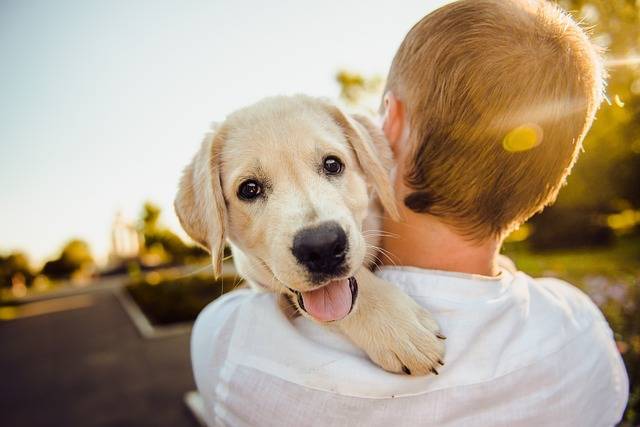
Tips on How to Poison-proof Your Home
Keep all chocolate out of the reach of your dog. At Christmas, this includes chocolate coins hung from Christmas trees, advent calendars, boxes of chocolate put out on Christmas Day, and don’t forget the wrapped chocolate presents under your Christmas tree (just because it’s wrapped doesn’t mean your dog can’t smell it!).
What to do if you think your dog is poisoned
If you think that your dog may have eaten, touched, or inhaled something that it shouldn’t have, speak to your vet straight away.
Never try to make your dog sick. Trying to do this can cause other complications, which may harm your dog.
Things to tell your vet In an emergency you can help your veterinary practice make an informed decision as to whether your dog needs to be treated by them and, if so, what the best treatment would be. Where possible you should provide your veterinary practice with the following information:
- • What poison do you think your dog has been exposed to (i.e. chocolate, ibuprofen, etc.). Include any product names or lists of ingredients if relevant.
- • How much they may have been exposed to (i.e., 500mg, 500ml, one tablet etc, even approximations may help)
- • When your dog was exposed to the poison (i.e., five minutes, five hours or five days ago)
- • If your dog has been unwell and, if so, what clinical effects have been seen
It is easier for a vet to care for a poisoned dog if it is treated sooner rather than later. If you are in any doubt, don’t wait for your dog to become unwell before calling for advice.
What to take to your vets
If you do need to take your dog to your veterinary practice, make sure that you take along any relevant packaging, or a sample of the poison, e.g., parts of plant or fungi. Always make sure that you yourself are protected and cannot be poisoned in turn.
